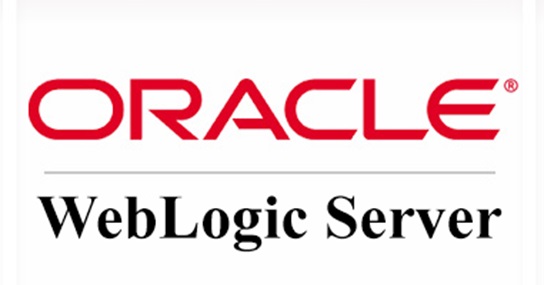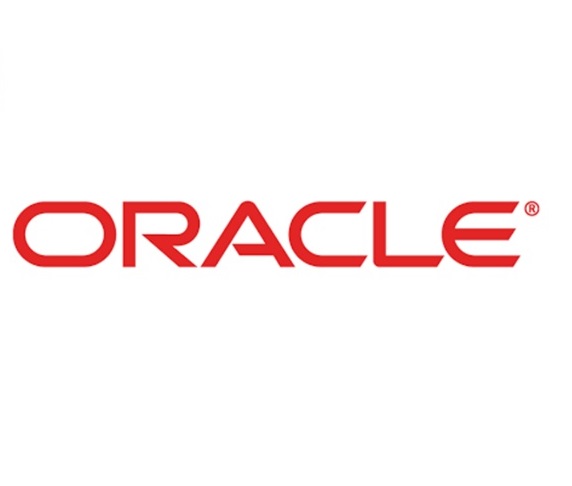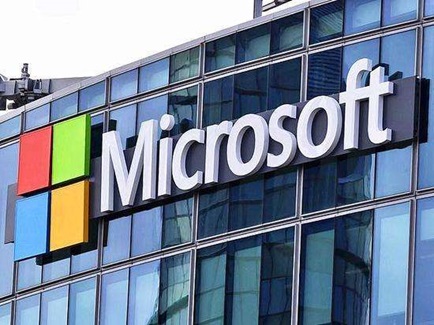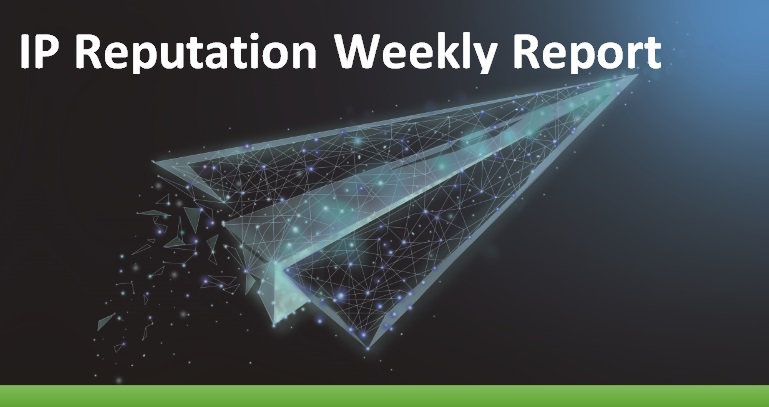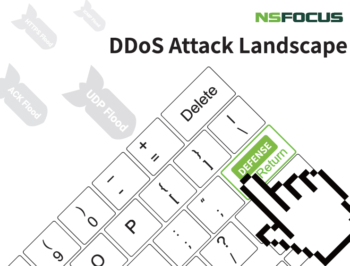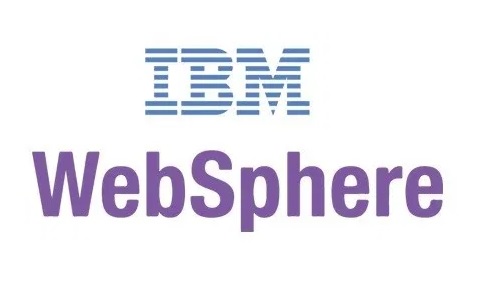Oracle Coherence Remote Code Execution Vulnerability (CVE-2020-2915) Threat Alert
Overview On April 14, local time, Oracle released the April Critical Patch Update (CPU) which fixes vulnerabilities that include a critical one (CVE-2020-2915) in Oracle Coherence CPU, with a CVSS score of 9.8. This vulnerability allows unauthenticated attackers with network access via T3 to compromise vulnerable Oracle Coherence. Successful exploitation of it could result in […]
